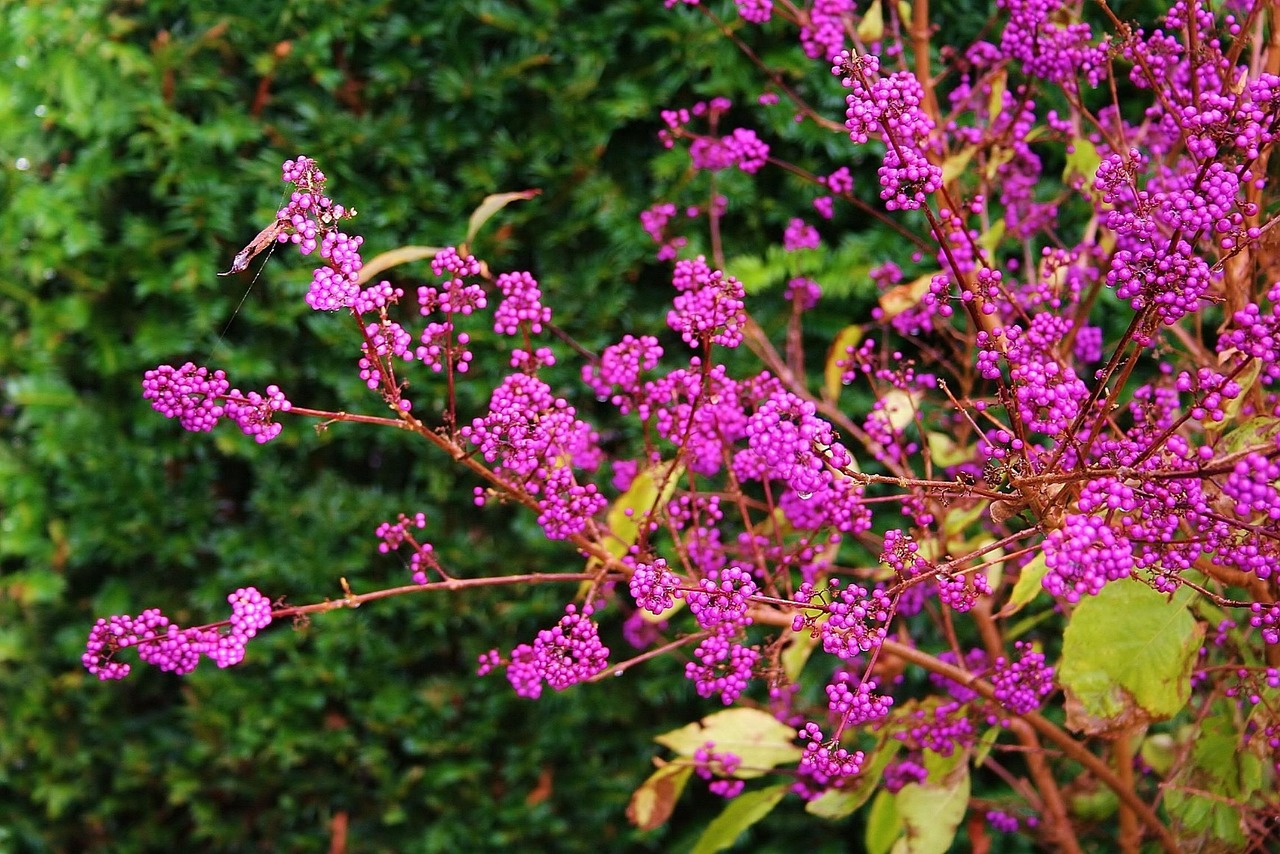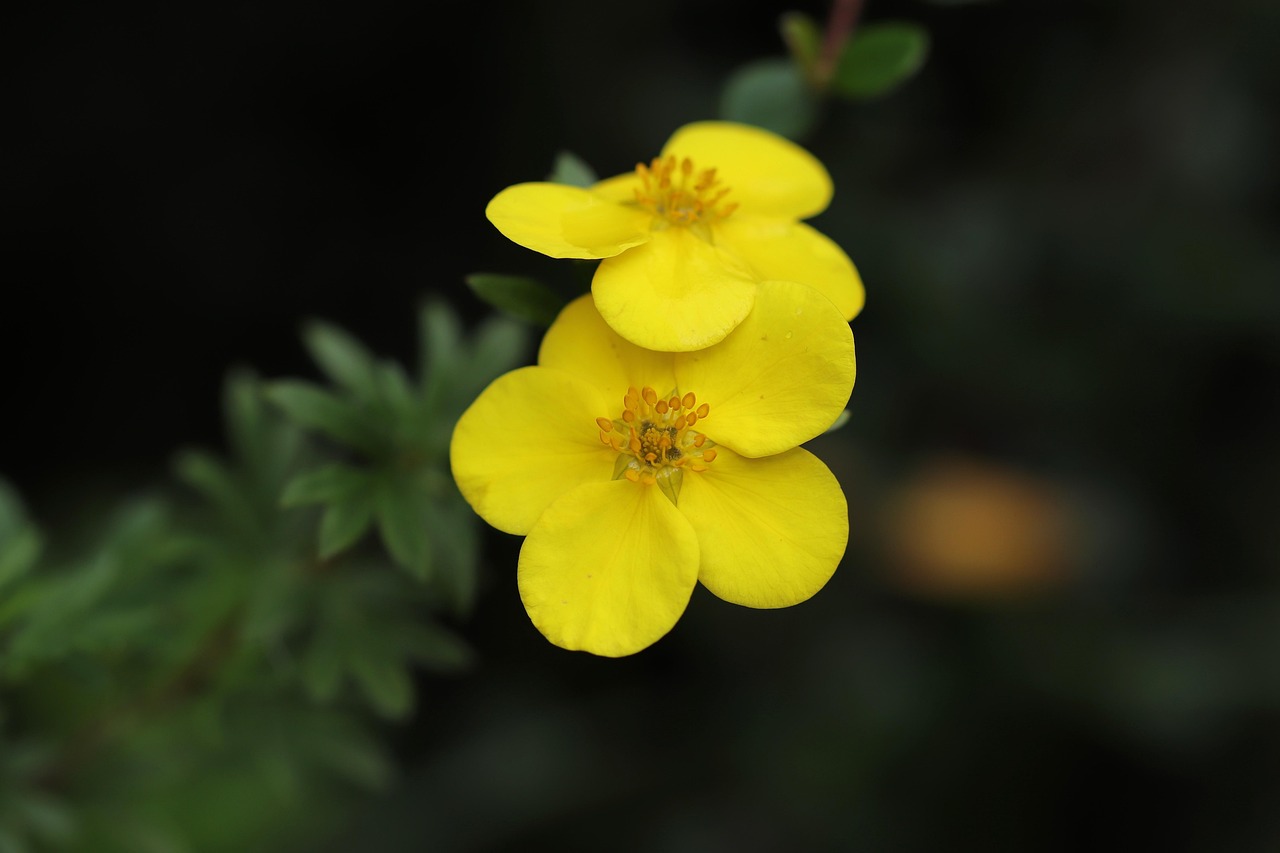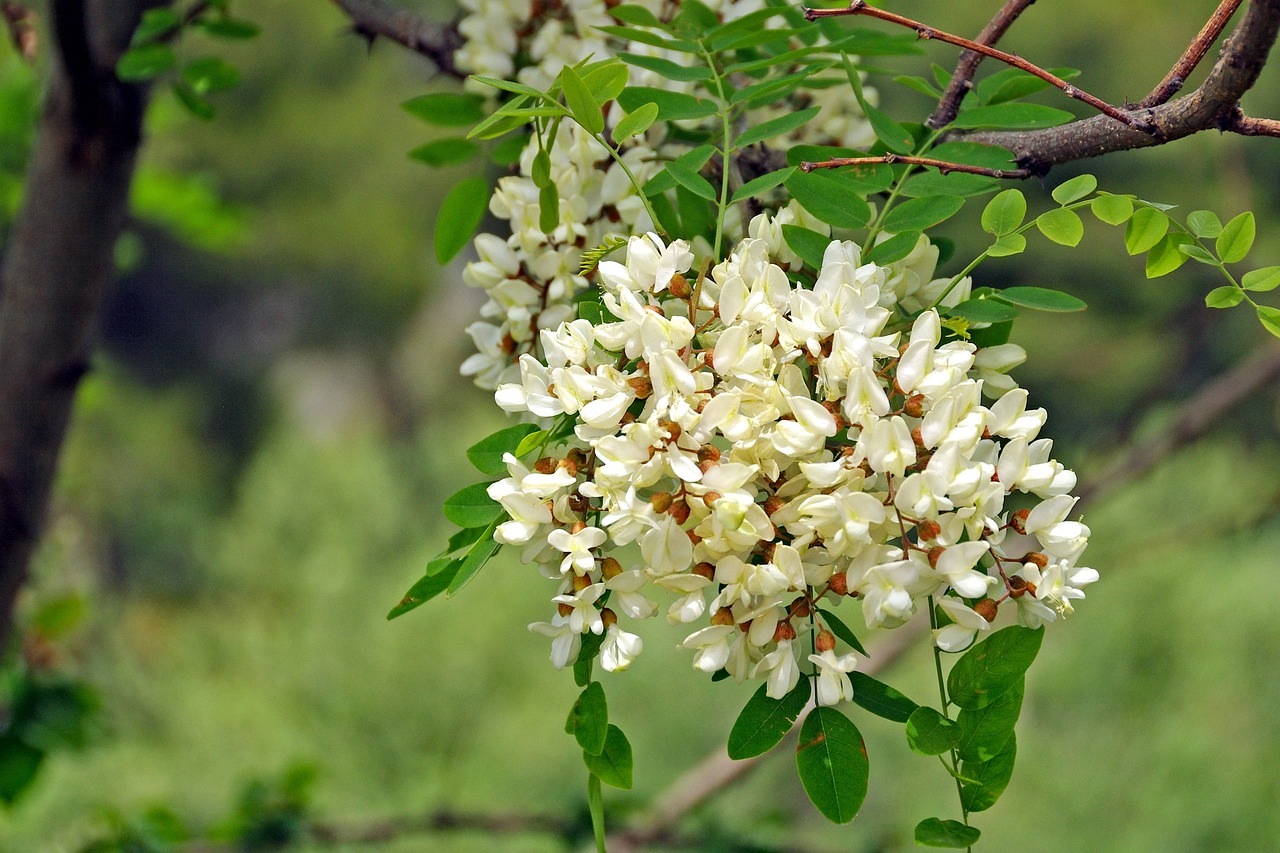Plum Blossom | The Japanese Fragrance in a White Flower
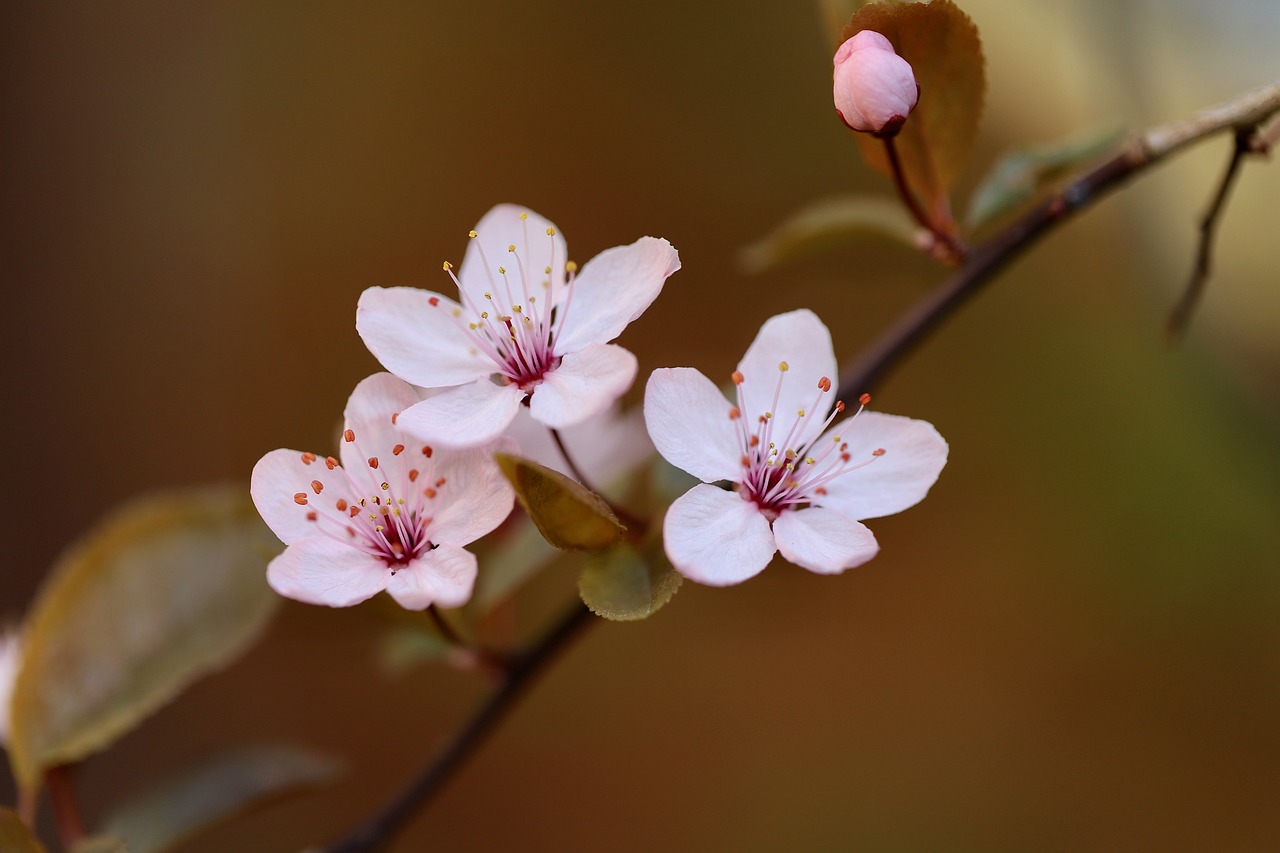
The plum blossom (Ume) is one of Japan’s most iconic flowering trees of early spring, carrying a long history and deep cultural significance. With its dignified appearance and elegant fragrance, it has long been cherished as a flower that heralds the arrival of spring.
In this article, I will introduce the basic information about the plum blossom, its cultural background, and gardening tips for growing it.
Basic Information
- Scientific name: Prunus mume
- Family: Rosaceae
- Origin: China
- Appearance: The plum blossom produces small five-petaled flowers in white, pale pink, or red that bloom in early spring. The tree grows into a medium to tall size with gracefully spreading branches, creating a refined appearance. Its strong fragrance is one of its most attractive features.
- Blooming season: From January to March. Because it blooms in the cold, it has excellent cold resistance.
Cultural Significance Around the World
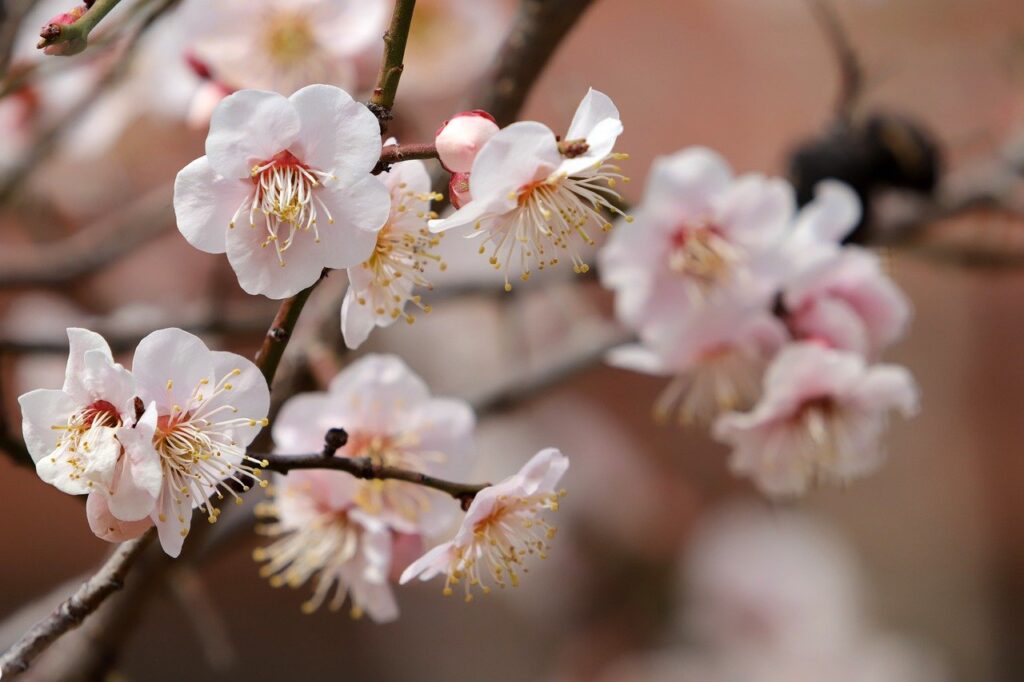
The plum blossom originated in China and was introduced to Japan, where it became widely admired as a flower that announces spring, especially in East Asia.
In Japan, it is known as “the forerunner of all flowers” and is considered a symbol of the New Year. The plum blossom has also been regarded as a symbol of “nobility” and “perseverance,” valued for its dignity and vitality.
Plum trees are commonly planted in shrines and gardens throughout Japan, and festivals such as ume matsuri are held across the country. It has also been deeply embedded in Japanese culture, frequently appearing in waka poetry, haiku, and paintings.
Moreover, its fruits are essential in culinary traditions, used to make plum wine (umeshu) and pickled plums (umeboshi) in both Japan and China.
Historical Episodes
The plum blossom was introduced from China to Japan during the Nara period and was admired in the gardens of nobles and the imperial family.
In the Heian period, before cherry blossoms gained prominence, the plum was the primary theme of poetry and literature, often appearing in waka.
The scholar Sugawara no Michizane was famously fond of plum blossoms. According to legend, when he was exiled, a plum tree from his home flew to follow him. This story, known as the “Flying Plum Legend,” is still told today, and the plum tree is preserved at Dazaifu Tenmangu Shrine in Fukuoka.
By the Edo period, plum blossoms had spread among common people, leading to the establishment of plum gardens and festivals throughout Japan.
Thus, the plum blossom has been loved by the Japanese people for centuries.
Gardening Advice
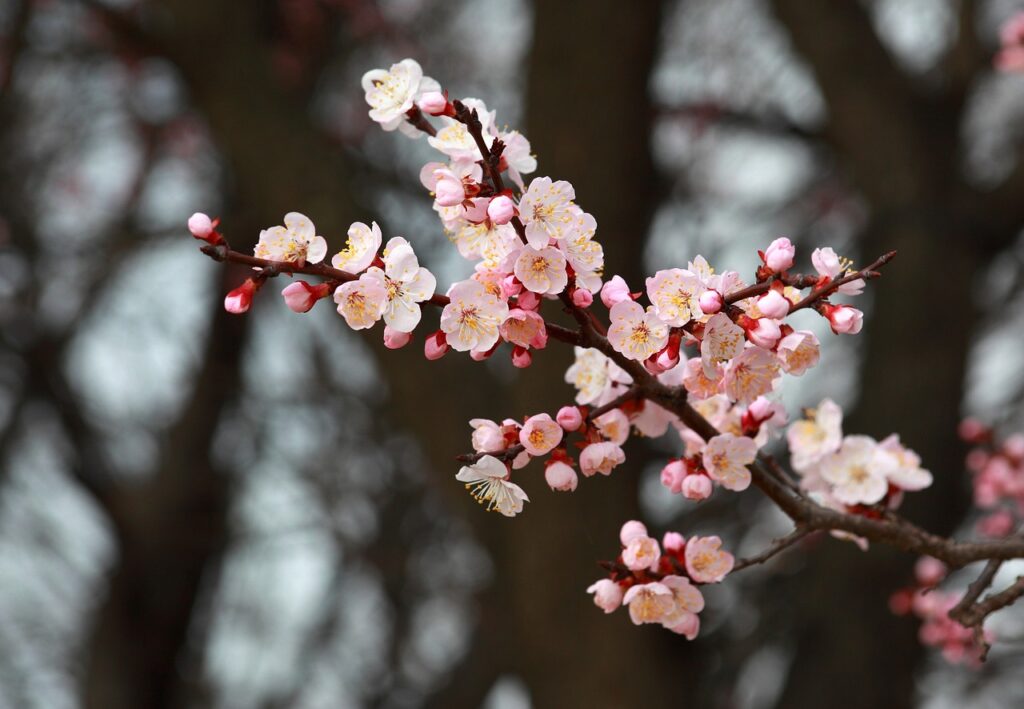
The plum tree is relatively easy to grow, and with proper care, you can enjoy its beautiful flowers every year. It thrives best in sunny, well-ventilated locations.
Pruning after flowering, by removing unnecessary or overcrowded branches, helps maintain its shape and encourages good flowering the following year.
It prefers well-drained soil. When planting in the ground, loosen the soil and mix in compost or leaf mold. For potted cultivation, place gravel or a drainage net at the bottom of the pot.
Apply fertilizer during the dormant winter season to promote spring flowering. While plum trees are cold-resistant, protecting the roots of young trees with compost during winter provides extra security.
Conclusion
The plum blossom is a flowering tree enriched with history and culture, beloved as a symbol of spring in Japan.
Since it is relatively easy to cultivate, I encourage you to grow a plum tree in your garden or in a pot, and enjoy its elegant beauty and fragrance.

